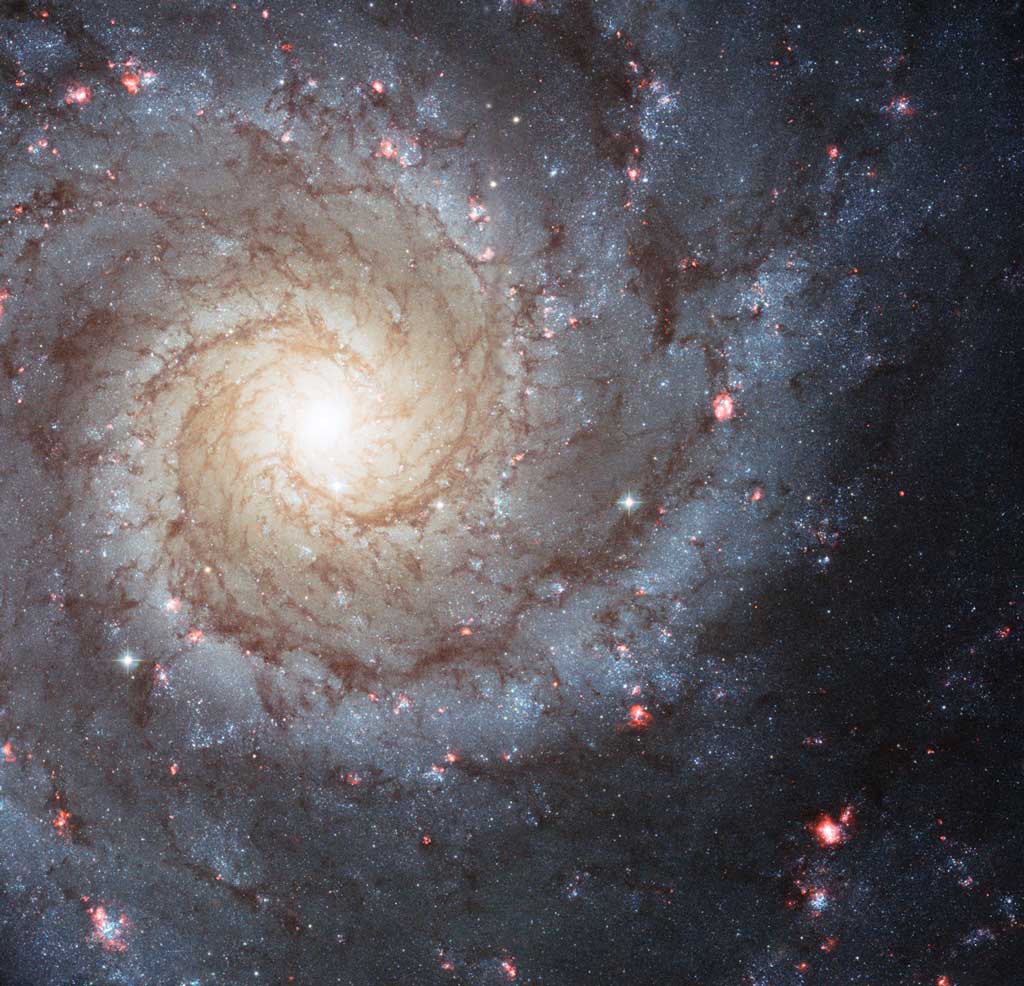Key Takeaways:
A giant star that exploded 30 million years ago in a galaxy near Earth had a radius prior to going supernova that was 200 times larger than our sun, according to astrophysicists at Southern Methodist University, Dallas.
The sudden blast hurled material outward from the star at a speed of 10,000 kilometers a second. That’s equivalent to 36 million kilometers an hour or 22.4 million miles an hour, said SMU physicist Govinda Dhungana, lead author on the new analysis.
The comprehensive analysis of the exploding star’s light curve and color spectrum have revealed new information about the existence and sudden death of supernovae in general, many aspects of which have long baffled scientists.
“There are so many characteristics we can derive from the early data,” Dhungana said. “This was a big massive star, burning tremendous fuel. When it finally reached a point its core couldn’t support the gravitational pull inward, suddenly it collapsed and then exploded.”
The massive explosion was one of the closest to Earth in recent years, visible as a point of light in the night sky starting July 24, 2013, said Robert Kehoe, SMU physics professor, who leads SMU’s astrophysics team.
The explosion, termed by astronomers Supernova 2013ej, occurred in the M74 galaxy near the Milky Way. The explosion was equal in energy output to the simultaneous detonation of 100 million of the Earth’s suns. Considered close by supernova standards, SN 2013ej was in fact so far away that light from the explosion took 30 million years to reach Earth and was visible by telescope.
SN 2013ej is M74’s third supernova in just 10 years. That is quite frequent compared to our Milky Way, which has had a scant one supernova observed over the past 400 years. NASA estimates that the M74 galaxy consists of 100 billion stars.
Dhungana and colleagues were able to explore SN 2013ej via a rare collection of extensive data from seven ground-based telescopes and NASA’s Swift satellite. The data span a time period prior to appearance of the supernova in July 2013 until more than 450 days after.
The team measured the supernova’s evolving temperature, its mass, its radius, the abundance of a variety of chemical elements in its explosion and debris and its distance from Earth. They also estimated the time of the shock breakout, the bright flash from the shockwave of the explosion.
The star’s original mass was about 15 times that of our sun, Dhungana said. Its temperature was a hot 12,000 Kelvin (approximately 22,000 degrees Fahrenheit) on the tenth day after the explosion, steadily cooling until it reached 4,500 Kelvin after 50 days. The sun’s surface is 5,800 Kelvin, while the Earth’s core is estimated to be about 6,000 Kelvin.
The new measurements are published online here in the May 2016 issue of The Astrophysical Journal, “Extensive spectroscopy and photometry of the Type IIP Supernova 2013j.”










